Rotunda of St. George
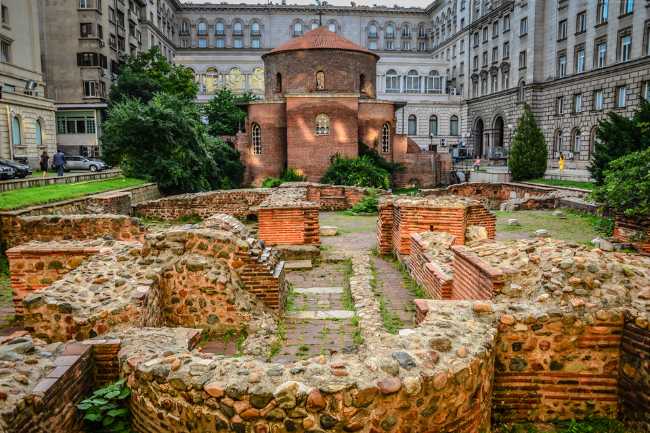
The Rotunda of St. George is the oldest preserved building in Sofia, dating back to the early 4th century. Nestled in a courtyard behind the Presidency and Hotel Balkan, this red-brick rotunda was originally part of a Roman complex in ancient Serdica. Initially used as Roman baths, it was later converted into a Christian church during the reign of Emperor Constantine the Great. The structure’s circular plan, domed roof, and thick walls reflect early Byzantine architecture. Inside, five layers of frescoes span centuries—from 4th-century floral motifs to 10th-century angels and 12th-century prophets—many of which were hidden under plaster during the Ottoman era when the church served as a mosque. Restored in the 20th century, these frescoes now offer a rare glimpse into medieval Bulgarian and Byzantine artistry. Surrounded by Roman ruins and steeped in history, the Rotunda remains an active place of worship and a powerful symbol of Sofia’s layered past, bridging antiquity and modernity in the city’s heart.
Sofia BulgariaThe Rotunda of St. George is located in the very center of Sofia, hidden in the courtyard behind the Presidency and the Sofia Hotel Balkan. This ancient red-brick church, dating back to the early 4th century, is considered the oldest surviving building in the city and sits amidst the archaeological remains of the ancient Roman town of Serdica. For tourists, the location is ideal: the rotunda is just steps from the ruins of the ancient Serdica fortress and within easy walking distance of major city landmarks such as the Presidency, the Council of Ministers, and the National Archaeological Museum. The bustling pedestrian Vitosha Boulevard and the central metro station Serdika are nearby, making it highly accessible for visitors exploring Sofia’s historical core. Its setting among government buildings and ancient ruins offers a unique blend of Sofia’s Roman heritage and modern city life.
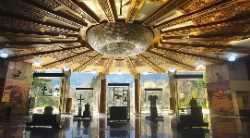 National Historical Museum
Sofia
National Historical Museum
Sofia
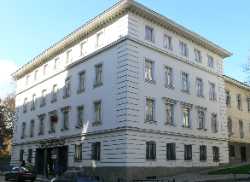 National Museum of Natural History
Sofia
National Museum of Natural History
Sofia
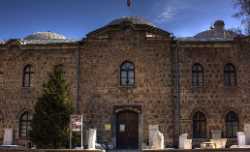 National Archeological Museum of the Bulgarian Academy of Sciences
Sofia
National Archeological Museum of the Bulgarian Academy of Sciences
Sofia
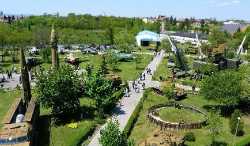 National Museum of Military History
Sofia
National Museum of Military History
Sofia
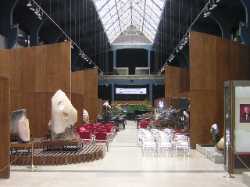 Earth and Man National Museum
Sofia
Earth and Man National Museum
Sofia
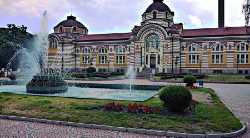 Sofia History Museum
Sofia
Sofia History Museum
Sofia
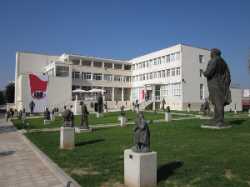 Museum of Socialist Art
Sofia
Museum of Socialist Art
Sofia
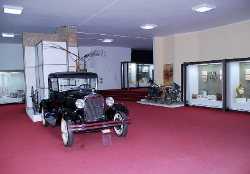 National Polytechnic Museum
Sofia
National Polytechnic Museum
Sofia
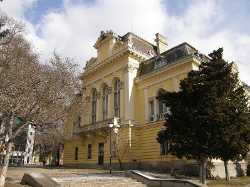 National Ethnographic Museum
Sofia
National Ethnographic Museum
Sofia
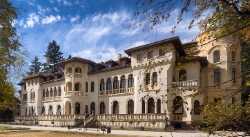 Vrana Palace
Sofia
Vrana Palace
Sofia
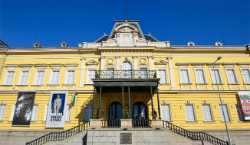 National Art Gallery
Sofia
National Art Gallery
Sofia
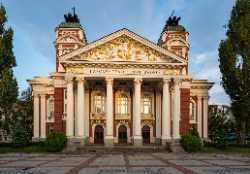 Ivan Vazov National Theatre
Sofia
Ivan Vazov National Theatre
Sofia
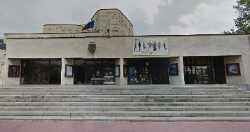 Sofia Theatre
Sofia
Sofia Theatre
Sofia
 Satirical Theatre
Sofia
Satirical Theatre
Sofia
 Sofia Puppet Theatre
Sofia
Sofia Puppet Theatre
Sofia
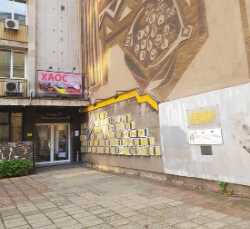 Theatre 199
Sofia
Theatre 199
Sofia
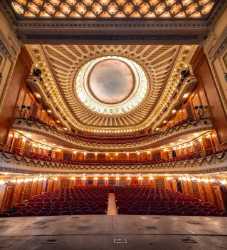 National Opera and Ballet
Sofia
National Opera and Ballet
Sofia
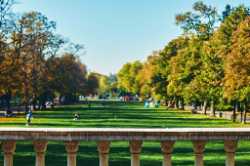 Borisova Gradina
Sofia
Borisova Gradina
Sofia
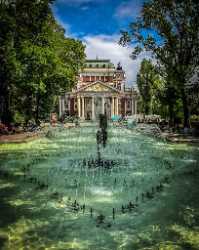 City Garden
Sofia
City Garden
Sofia
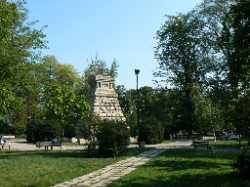 Doktorska Gradina
Sofia
Doktorska Gradina
Sofia
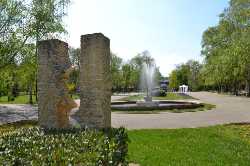 Zaimov Park
Sofia
Zaimov Park
Sofia
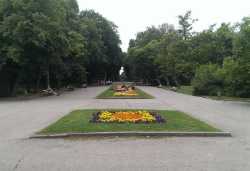 Zapaden Park
Sofia
Zapaden Park
Sofia
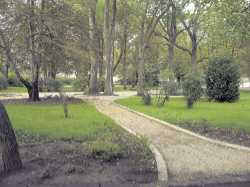 North Park
Sofia
North Park
Sofia
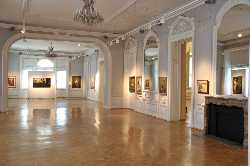 National Art Gallery
Sofia
National Art Gallery
Sofia
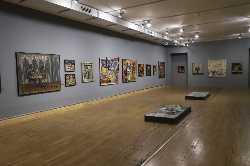 Sofia City Art Gallery
Sofia
Sofia City Art Gallery
Sofia
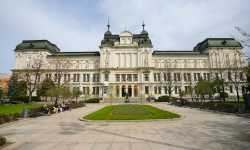 Gallery of Foreign Art
Sofia
Gallery of Foreign Art
Sofia
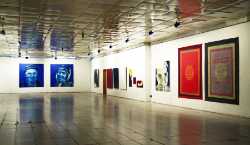 Shipka 6 Art Gallery
Sofia
Shipka 6 Art Gallery
Sofia
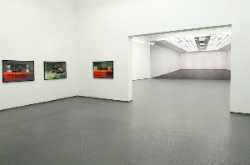 Rayko Aleksiev Gallery
Sofia
Rayko Aleksiev Gallery
Sofia
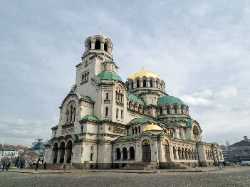 Alexander Nevsky Square
Sofia
Alexander Nevsky Square
Sofia
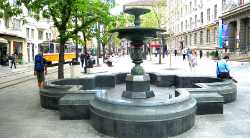 Slaveykov Square
Sofia
Slaveykov Square
Sofia
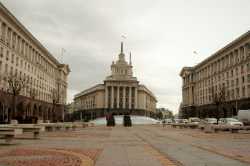 National Assembly Square
Sofia
National Assembly Square
Sofia
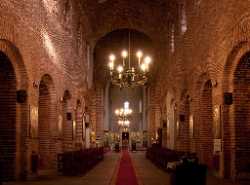 Saint Sophia Church
Sofia
Saint Sophia Church
Sofia
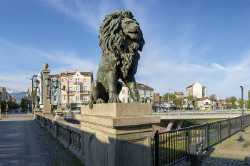 Lions' Bridge
Sofia
Lions' Bridge
Sofia
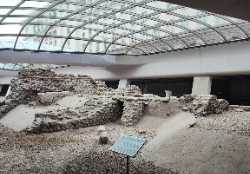 Largo Archaeological Complex
Sofia
Largo Archaeological Complex
Sofia
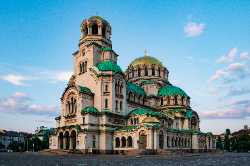 Alexander Nevsky Cathedral
Sofia
Alexander Nevsky Cathedral
Sofia
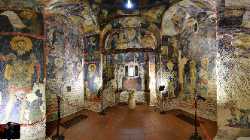 Boyana Church
Sofia
Boyana Church
Sofia
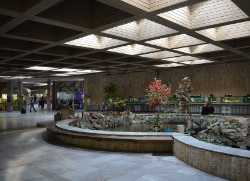 Sofia Zoo
Sofia
Sofia Zoo
Sofia
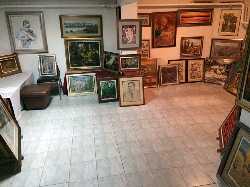 PALITRA Gallery
Sofia
PALITRA Gallery
Sofia
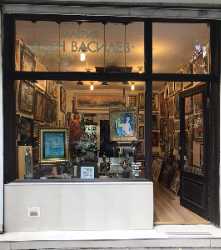 Asen VASSILEV Gallery
Sofia
Asen VASSILEV Gallery
Sofia
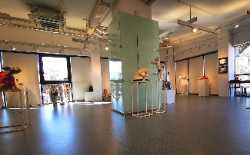 SERDICA Gallery
Sofia
SERDICA Gallery
Sofia
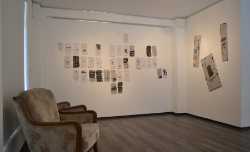 ETUD Gallery
Sofia
ETUD Gallery
Sofia
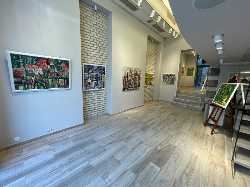 NUANCE Gallery
Sofia
NUANCE Gallery
Sofia
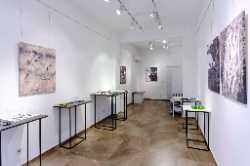 INTRO Gallery
Sofia
INTRO Gallery
Sofia
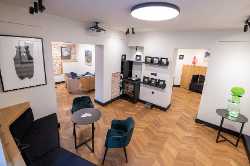 Little Bird Place
Sofia
Little Bird Place
Sofia
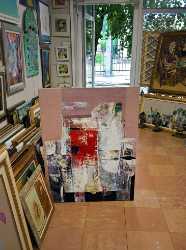 MAESTRO Gallery
Sofia
MAESTRO Gallery
Sofia
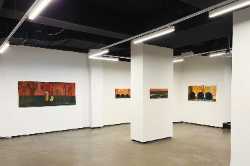 ONE Gallery
Sofia
ONE Gallery
Sofia
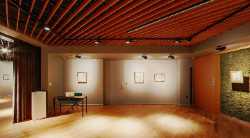 San Stefano Gallery
Sofia
San Stefano Gallery
Sofia
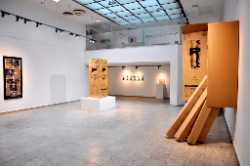 Gallery Credo Bonum
Sofia
Gallery Credo Bonum
Sofia
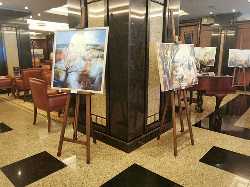 Minerva Gallery
Sofia
Minerva Gallery
Sofia
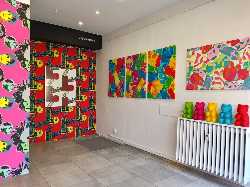 Depoo Gallery
Sofia
Depoo Gallery
Sofia
 Loran Gallery
Sofia
Loran Gallery
Sofia
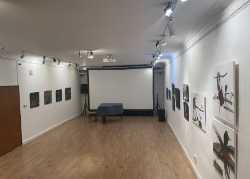 Rakursi
Sofia
Rakursi
Sofia
 Gallery Paris
Sofia
Gallery Paris
Sofia
 Puppet Museum
Sofia
Puppet Museum
Sofia
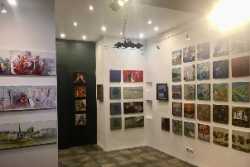 Astry Gallery
Sofia
Astry Gallery
Sofia
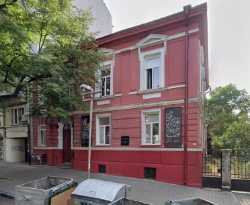 Galeriya Gaya
Sofia
Galeriya Gaya
Sofia
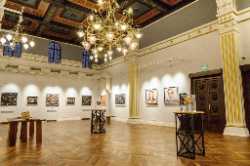 OBORISHTE5 Gallery and Hall
Sofia
OBORISHTE5 Gallery and Hall
Sofia
 Stubel Gallery
Sofia
Stubel Gallery
Sofia